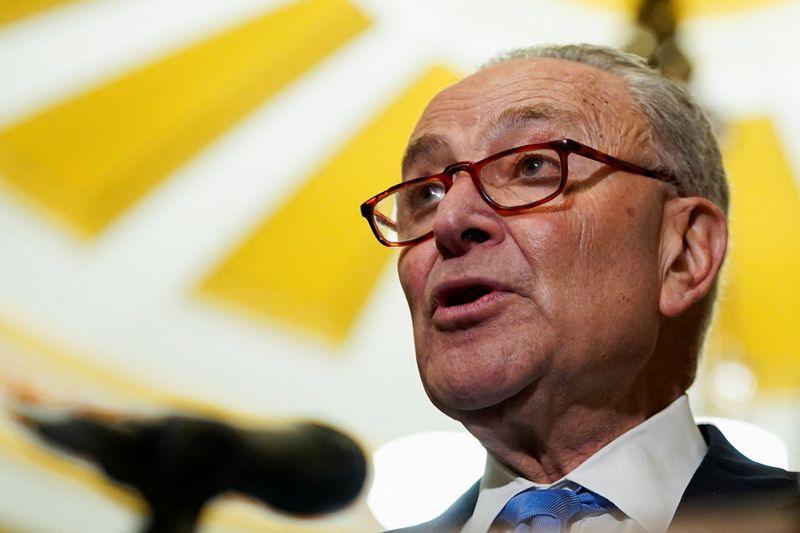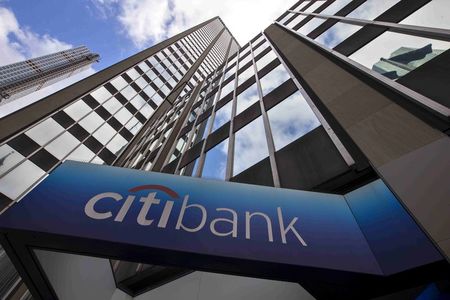Most of the research in equity and index options has been devoted to volatility and the volatility risk premium. Relatively less attention is paid to options volume. To tackle this issue, article [1] examined options volume from the perspective of in-the-money options order imbalance. It showed that the public directional order imbalance of in-the-money options on S&P500 (“DOI”) predicts market returns over a monthly horizon, up until three months, after controlling for established sentiment measures and market return predictors. Moreover, the predictability of the DOI is stronger in a recession period.
In this paper, we explore the reasons for which public customers trade ITM index options and show evidence that DOI is a measure for investor sentiment and has strong negative-return predictability on market return. Preliminary tests show that ITM options are insensitive to the VIX, enabling the DOI of ITM options to measure the sentiment on the direction.
The further predictive analysis finds that DOI of ITM options negatively predicts future index return after controlling for PNBP, PNBDOP, VIX, VRP, PE ratio, existing sentiment measures, and macro-uncertainty measures. This predictability lasts up to nine months, and evidence shows that one main reason for long-term predictability (up to three months) is the limits to arbitrage. Different from PNBPO, DOI of ITM does not predict the future returns across various financial assets classes.
The study focused on the public customers rather than firm proprietary in order to measure the sentiment of less sophisticated institutional investors. It came to a surprising conclusion that institutional investors, such as mutual funds and pension funds, do not always make wise investment choices.
Next, prior literature has argued that the majority of the index option traders are institutional investors, and CBOE open-close data future divides these investors into public customers and firm proprietary. Focusing on the public customers rather than firm proprietary allows us to measure the sentiment of less sophisticated institutional investors. And the results show that the negative predictive power on market return is from public customers’ demand for ITM index options. The results provide another piece of evidence that some institutional investors, e.g. mutual funds or pension funds, may not be as wise as we thought.
In summary, the article discussed how studying options volume provides insights into market participants’ activities. Additionally, the order imbalance of the in-the-money index options can predict future market returns.
References
[1] Wang, Li and Ni, Sophie Xiaoyan and Stouraitis, Aristotelis, Index Options Trading and Sentiment (2021). https://ssrn.com/abstract=3981994
Further questions
What's your question? Ask it in the discussion forum
Have an answer to the questions below? Post it here or in the forum




